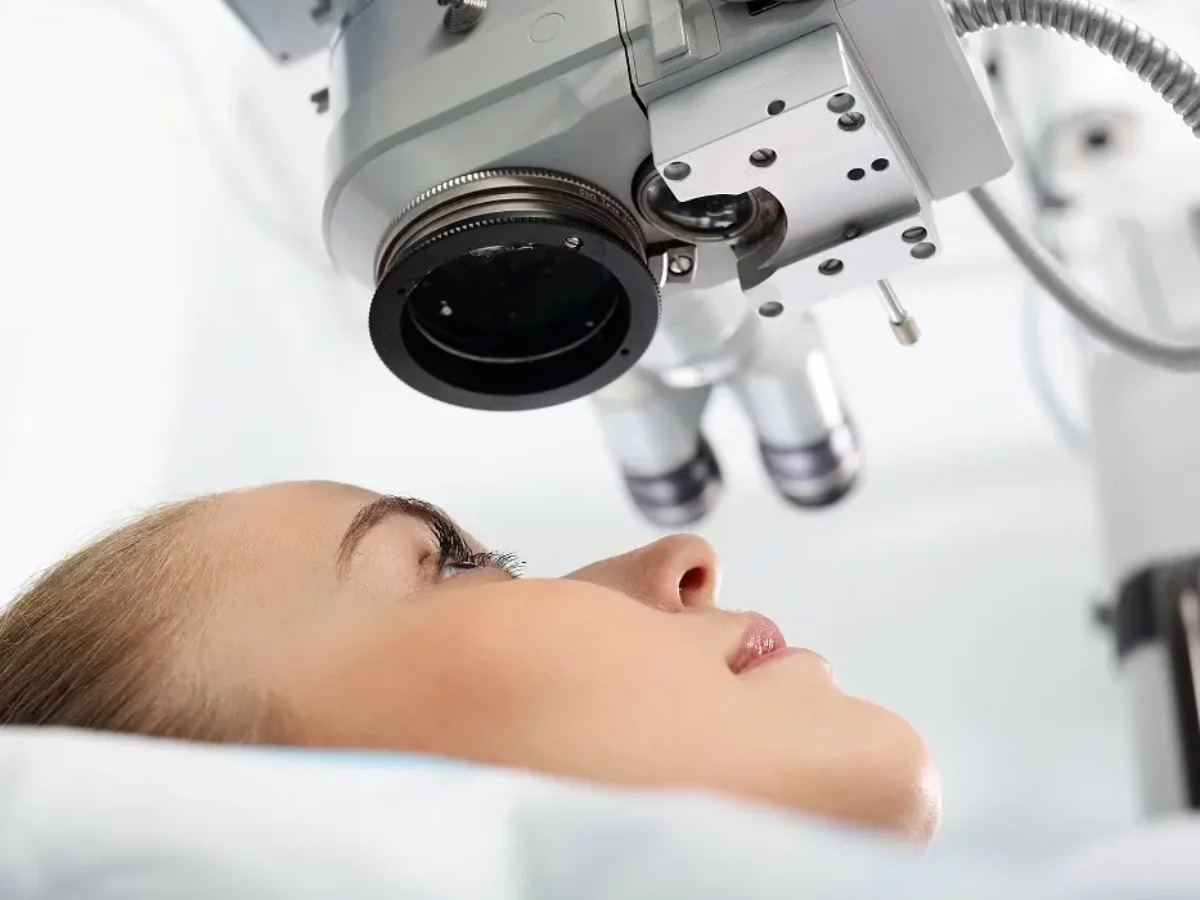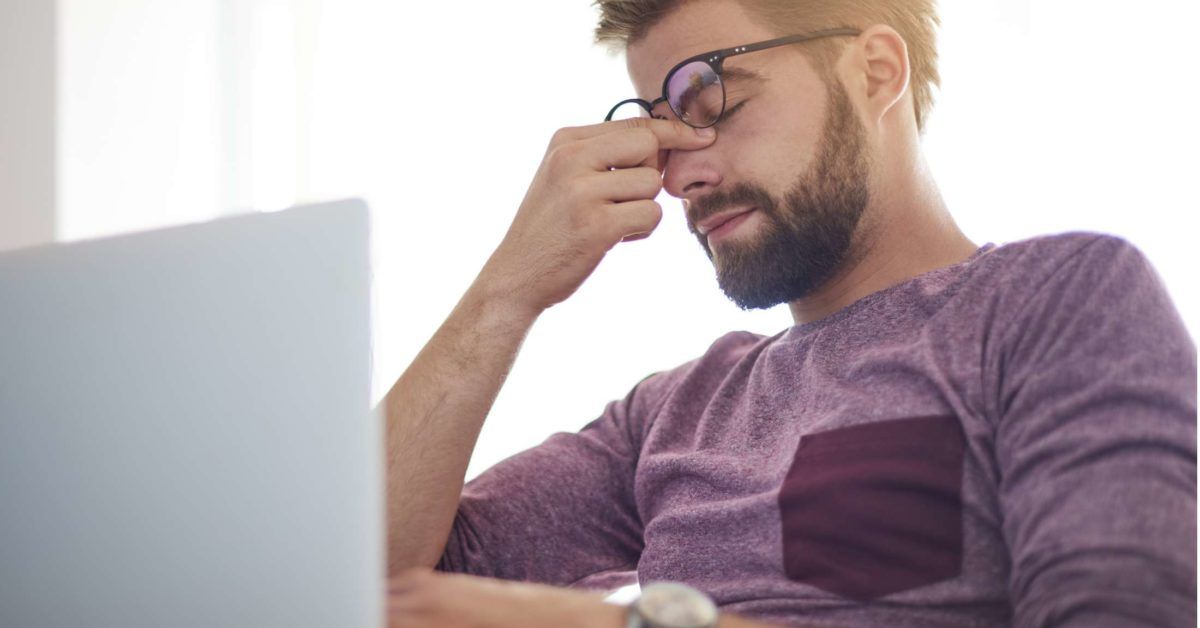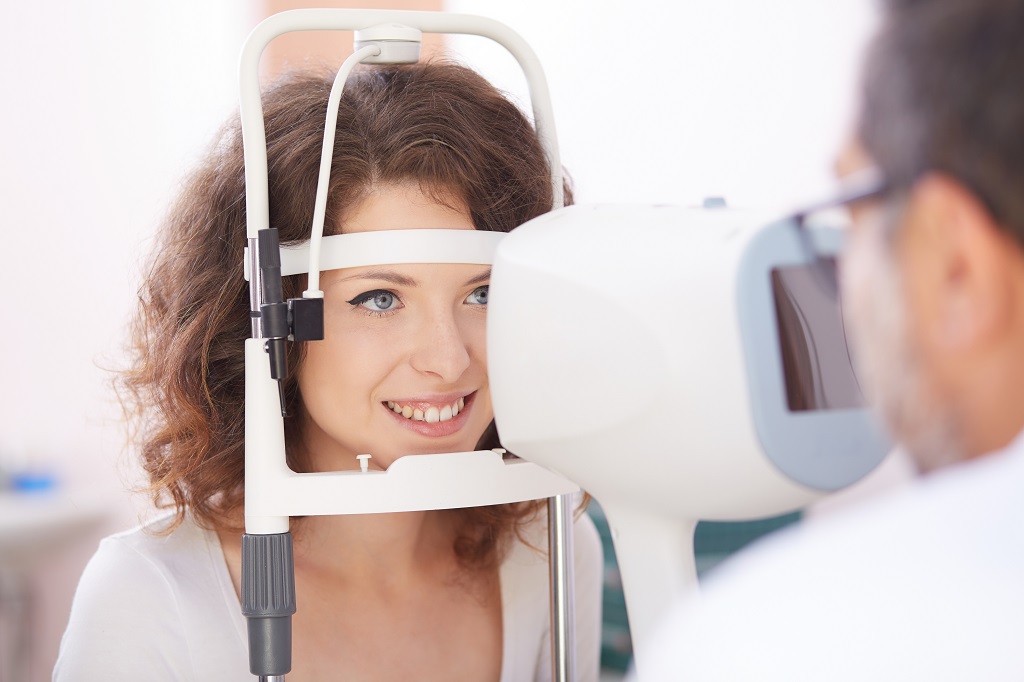All Categories
Featured
Reduced vision, a problem where standard glasses, contact lenses, or surgical treatment can not completely restore view, can make everyday activities testing. The good news is, reduced vision rehabilitation provides a variety of sources to aid people maintain their independence and lifestyle. This article discovers the choices offered for those seeking assistance in handling their visual disabilities.
What Is Reduced Vision Recovery?
Low vision recovery is an organized approach to help individuals optimize their remaining vision and adapt to new means of performing everyday jobs. Professionals deal with patients to establish individualized techniques, integrating devices, strategies, and training programs that fit their unique demands.
![]()
Key Options for Low Vision Rehabilitation
Vision Enhancing Instruments
Optical Aids: Tools like magnifiers, telescopic glasses, and special reading lenses can boost clarity for analysis, writing, and various other close-up activities.
Electronic Visual Aids: Devices such as electronic magnifiers and portable video magnifiers supply adjustable zoom abilities for various jobs.
Wearable Technology: Smart glasses outfitted with cameras and voice comments offer sophisticated solutions for improving vision.
![]()
Assistive Technology
Screen viewers, text-to-speech applications, and devices with voice commands make technology accessible for individuals with low vision.
Mobile phone applications, such as navigating aids and object acknowledgment devices, help users interact with their surroundings better.
Educating and Therapy
Orientation and Flexibility Training: Professionals instruct abilities for navigating areas securely, including making use of white walking sticks or overview canines.
Daily Living Abilities Educating: Rehab programs offer techniques for food preparation, cleaning, and personal treatment, guaranteeing that people can perform essential jobs individually.
Aesthetic Skills Educating: Exercises designed to maximize making use of continuing to be field of vision can boost aesthetic performance.
Environmental Adjustments
Modifications to living or work areas can dramatically improve access. Examples include:
Mounting brighter illumination.
Including high-contrast markings to devices.
Preparing furniture to produce clear pathways.
Support Networks
Emotional and emotional assistance is an important part of rehab. Support system, treatment sessions, and therapy services can aid people manage the obstacles of vision loss.
![]()
Peer networks connect people with comparable experiences, promoting a sense of community and shared learning.
How to Access Reduced Vision Rehabilitation Solutions
Low vision recovery services are commonly provided by:
Reduced Vision Clinics: Run by eye doctors and eye doctors specializing in vision disabilities.
Work Therapists: Specialists in adjusting tasks and environments to suit private needs.
Not-for-profit Organizations: Teams such as the American Foundation for the Blind (AFB) or local blindness support companies supply beneficial sources and referrals.
Final Thought
Living with low vision can feel overwhelming, but with the appropriate assistance and tools, people can remain to lead satisfying lives. Reduced vision recovery provides a selection of sources tailored to improve functionality, increase self-confidence, and improve top quality of life. Consider reaching out to a professional or rehabilitation facility to discover the many alternatives readily available if you or a liked one is facing the difficulties of reduced vision. With each other, these options guarantee that vision loss does not specify or restrict one's potential.
What Is Reduced Vision Recovery?
Low vision recovery is an organized approach to help individuals optimize their remaining vision and adapt to new means of performing everyday jobs. Professionals deal with patients to establish individualized techniques, integrating devices, strategies, and training programs that fit their unique demands.

Key Options for Low Vision Rehabilitation
Vision Enhancing Instruments
Optical Aids: Tools like magnifiers, telescopic glasses, and special reading lenses can boost clarity for analysis, writing, and various other close-up activities.
Electronic Visual Aids: Devices such as electronic magnifiers and portable video magnifiers supply adjustable zoom abilities for various jobs.
Wearable Technology: Smart glasses outfitted with cameras and voice comments offer sophisticated solutions for improving vision.

Assistive Technology
Screen viewers, text-to-speech applications, and devices with voice commands make technology accessible for individuals with low vision.
Mobile phone applications, such as navigating aids and object acknowledgment devices, help users interact with their surroundings better.
Educating and Therapy
Orientation and Flexibility Training: Professionals instruct abilities for navigating areas securely, including making use of white walking sticks or overview canines.
Daily Living Abilities Educating: Rehab programs offer techniques for food preparation, cleaning, and personal treatment, guaranteeing that people can perform essential jobs individually.
Aesthetic Skills Educating: Exercises designed to maximize making use of continuing to be field of vision can boost aesthetic performance.
Environmental Adjustments
Modifications to living or work areas can dramatically improve access. Examples include:
Mounting brighter illumination.
Including high-contrast markings to devices.
Preparing furniture to produce clear pathways.
Support Networks
Emotional and emotional assistance is an important part of rehab. Support system, treatment sessions, and therapy services can aid people manage the obstacles of vision loss.

Peer networks connect people with comparable experiences, promoting a sense of community and shared learning.
How to Access Reduced Vision Rehabilitation Solutions
Low vision recovery services are commonly provided by:
Reduced Vision Clinics: Run by eye doctors and eye doctors specializing in vision disabilities.
Work Therapists: Specialists in adjusting tasks and environments to suit private needs.
Not-for-profit Organizations: Teams such as the American Foundation for the Blind (AFB) or local blindness support companies supply beneficial sources and referrals.
Final Thought
Living with low vision can feel overwhelming, but with the appropriate assistance and tools, people can remain to lead satisfying lives. Reduced vision recovery provides a selection of sources tailored to improve functionality, increase self-confidence, and improve top quality of life. Consider reaching out to a professional or rehabilitation facility to discover the many alternatives readily available if you or a liked one is facing the difficulties of reduced vision. With each other, these options guarantee that vision loss does not specify or restrict one's potential.
Latest Posts
Explore Auto Services & More: Comprehensive Repair Options from Montclare Auto Repair
Published May 26, 25
1 min read
Learn About Oil Changes & More: Comprehensive Repair Options from Montclare Auto Repair
Published May 25, 25
1 min read
Reliable Industrial Roof Providers by Weathercraft
Published May 24, 25
1 min read
More
Latest Posts
Explore Auto Services & More: Comprehensive Repair Options from Montclare Auto Repair
Published May 26, 25
1 min read
Learn About Oil Changes & More: Comprehensive Repair Options from Montclare Auto Repair
Published May 25, 25
1 min read
Reliable Industrial Roof Providers by Weathercraft
Published May 24, 25
1 min read